Tartar, bad breath, gingivitis... Your little cat can also have dental problems, which can lead to serious consequences if left untreated. How to take care of your cat’s teeth? What diet should you favor for healthy teeth? We tell you everything in this article.
The Cat’s Teeth
Whether by play or boredom, your beloved cat has probably bitten you before. A rather painful experience, as their teeth are hard, sharp, and pointed.
Our little companions’ dentition is made this way: it is naturally adapted to hunting prey: their canines, like small daggers, allow them to tear the flesh of their prey and hold it firmly (these are the teeth that sometimes leave marks on our skin). Their incisors, small and square, and their premolars also allow them to cut and tear. As for their molars, they serve to crush food.
An adult cat’s jaw contains a total of 30 teeth: 4 canines, 12 incisors, 10 premolars (6 on the upper jaw and 4 on the lower jaw), and 4 molars. Note that at birth, kittens have no teeth. The first baby teeth appear around 3 weeks, then all come out between 6 and 7 weeks. They have no molars and only 26 teeth. Their baby teeth start to fall out around 3 months old. The kitten will have its adult teeth at about 6 months of age.
Sharp, our companions’ teeth are nonetheless fragile. Poor oral hygiene can have more or less serious consequences on their health.
Beware of tartar in cats!
Our cats can indeed develop periodontal disease characterized by the formation of dental plaque and tartar on the teeth.
After each meal, food residues, saliva, and bacteria present in the mouth deposit on the cat’s teeth, forming dental plaque. Without good oral hygiene, this plaque gradually thickens and mineralizes to form that famous tartar. The back teeth of the jaw, namely the premolars, are usually the first affected.
Over days and meals, tartar continues to spread and accumulate, and can cause gingivitis, an inflammation of the gums whose symptoms include very red gums, bleeding, bad breath in cats (called halitosis) and excessive salivation.
If this inflammation is not treated in time, it can progress to periodontitis, tooth loss. Affected teeth loosen and can eventually fall out. Oral infections, even abscesses at the tooth root, may also develop.
Note: bad breath is not always a sign of dental problems. It can also be a symptom of other diseases such as chronic kidney failure in cats.
And it doesn’t stop there; bacteria proliferating in tartar can enter the bloodstream and infect other organs such as the heart and kidneys.
Tartar should therefore be carefully monitored, especially as the effects are very painful for kitty. Having tooth pain, he no longer tolerates even the smallest bite, and your cat stops eating (even his delicious Ziggy pâtées 😿).
How to know if my cat has tartar? And how to treat it?
Tartar is visible to the naked eye: it appears as a yellowish or even brownish color. You can spot it by opening your little companion’s mouth. But be gentle, especially if your cat is not used to this handling. If you don’t succeed at first, don’t insist. And as mentioned earlier, other signs should alert you: your cat has bad breath, very red gums, bleeds during meals, doesn’t eat anymore, has excessive salivation, etc.
At the slightest doubt, do not wait and quickly consult your veterinarian. In most cases, they will perform a scaling procedure under general anesthesia. The practice may differ from one vet to another, but most often tartar is removed by ultrasound (like at the dentist) and a paste is applied to polish the cat’s teeth. Sometimes extraction of the most damaged teeth is necessary. But rest assured, this procedure is painless for your furry friend. Even with one or two teeth less, he will be relieved. And once his dental problem is solved, he will regain all his old vigor.
How to prevent tartar in cats?
Brushing your cat’s teeth
You’re not dreaming, our furballs also need to brush their teeth. And to prevent tartar buildup, nothing beats a little brushing of their tiny teeth!
On the market, there are small kits specially designed for cleaning cat teeth. You can find a suitable toothbrush or a finger brush (a small rubber tip with little bristles) and a special cat toothpaste. Note that human toothpaste is completely prohibited. While we spit out our toothpaste after brushing, our felines do not. They must not swallow toxic products. Also, they probably don’t appreciate the mint or coconut flavor of our toothpaste...
Before starting, however, ask your vet’s opinion. Some cats have very painful mouths, even if they show no external signs of this pain.
Effective but very demanding, brushing — to be done at least once a week — remains quite difficult. And above all, few cats are accustomed to it from a very young age.
If your cat runs away when he sees your toothbrush, know that there are several alternatives: powders to put in your cat’s food, oral sprays intended to kill bad bacteria, liquid toothpastes to dilute in their water, or chew sticks like for dogs. Some pet stores also sell chew toys. But again, ask your veterinarian’s advice!
The false good idea: giving dry kibble
To fight plaque, it is often recommended to favor dry kibble because it has an abrasive effect. That said, many cats fed dry kibble still have significant plaque and tartar deposits and suffer from dental diseases such as periodontitis. The real effectiveness of dry food’s anti-tartar action can be questioned.
Kibble is hard but quite crumbly. It simply crumbles with little or no abrasive effect on the teeth.
Remember that our cats’ teeth are not designed to crunch kibble, but rather to shear and tear meat. It’s no coincidence that their wild ancestors had little to no dental problems. They brushed their teeth naturally by crushing bones, tearing flesh, skin, tendons, and ligaments of their prey.
Also note that most cats swallow their kibble whole. If you have ever cleaned your cat’s vomit, you must have noticed it: they don’t chew all their bites. They gulp down half of each mouthful. The same applies to special anti-tartar treats in kibble form. Many cats swallow them directly without a bite.
Does your dentist advise you to eat hard biscuits for your teeth? No? Well, it’s the same for your cat. He doesn’t need to eat dry kibble to have healthy teeth.
However, be careful: scaling is only a treatment and not a permanent solution. Tartar can come back quickly. To prevent its formation, good oral hygiene is necessary to keep your cat’s teeth healthy.
A low carbohydrate diet
We often hear that pâtée favors plaque formation. Yes and no. Actually, it’s mainly pâtée rich in carbohydrates! The same principle as for us: the more carbohydrates we consume, the more our teeth are attacked.
Note that carbohydrate-rich foods can also increase the demand for insulin secretion and thus predispose to the development of diabetes mellitus in cats.
In industrial food, unfortunately, these carbohydrates appear in significant quantities (10 to 50%). Why? Two reasons: animal proteins are rarer and more expensive. Manufacturers then compensate with carbohydrate intake. A minimal quantity (about 10-15%) is indispensable for the extrusion process in kibble manufacturing.
So choose a low carbohydrate diet. At Ziggy, our cat pâtées contain less than 10% carbohydrates! And we will never stop telling you: favor wet food for your little cat. It contains much more water than kibble! Hydration has nothing to do with teeth, but it is essential for the proper functioning of all organs.
Meat
For dental health, the ideal would be to give your cat a big piece of raw meat (quickly cooked though to avoid the risk of salmonella) so he can shear and tear it with his teeth.
But if you choose this option, be careful. His diet should not consist only of this, as he risks developing deficiencies. Our cats are indeed strict carnivores, but they also need, for example, calcium — which is minimal in meat — and some extra fiber in their diet to keep good digestion. In wild cats’ diet, the skin and digestive contents of the mouse, along with some grass consumption, fulfill this role.
You’ve understood: the oral hygiene of our little companions should not be neglected. You must take care of their teeth and regularly check their health. Of course, some cats will never have any problems in their whole life; it’s like humans, some have their dentist as their best friend, others hardly ever see the dentist’s drill. But a little inspection is always necessary. Better safe than sorry!


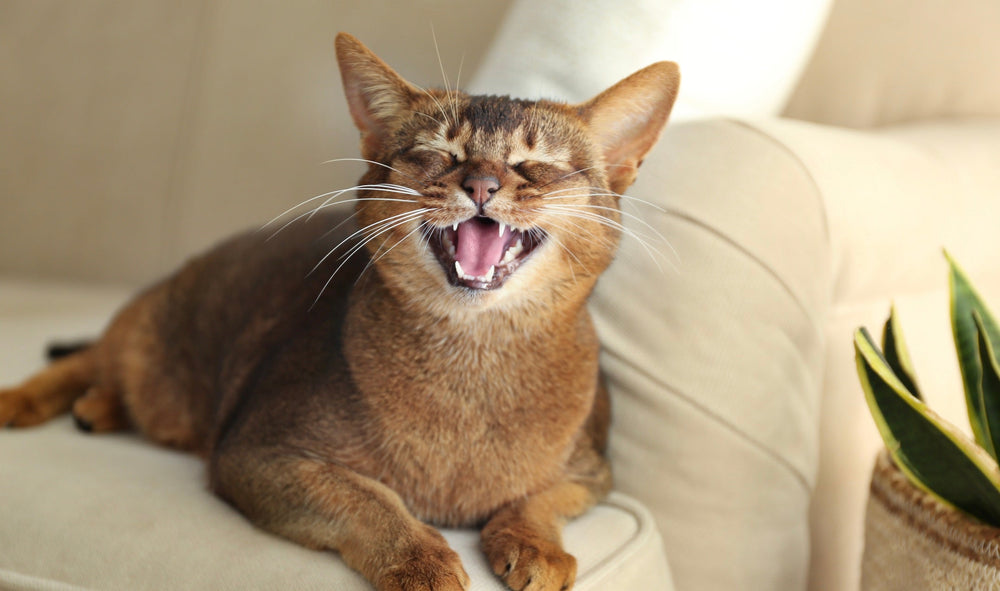
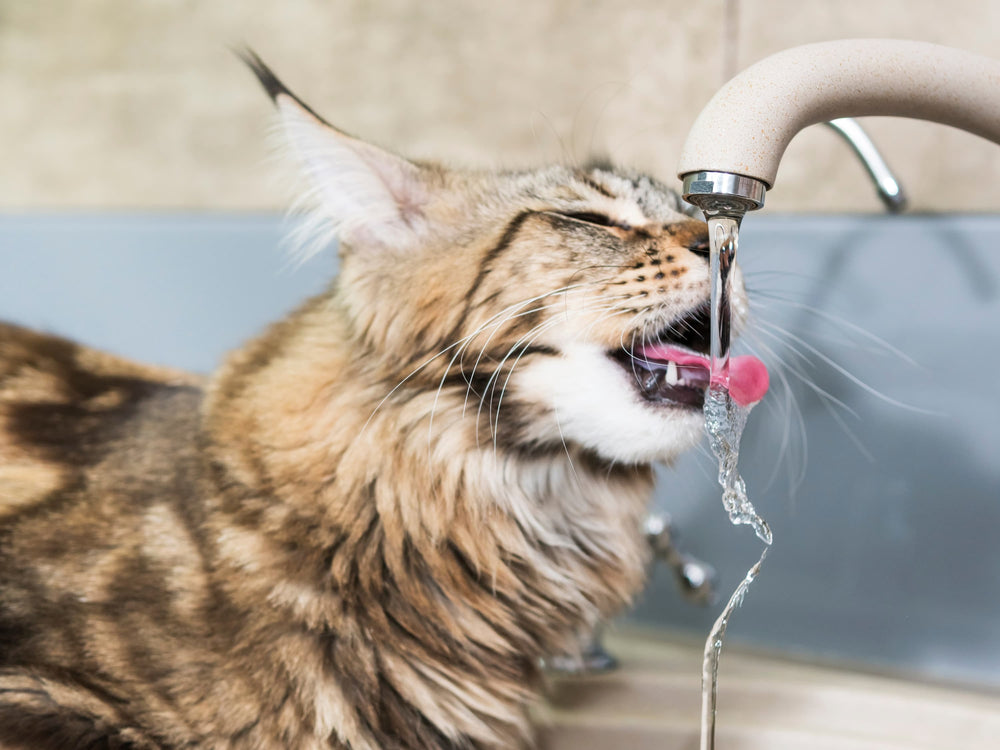


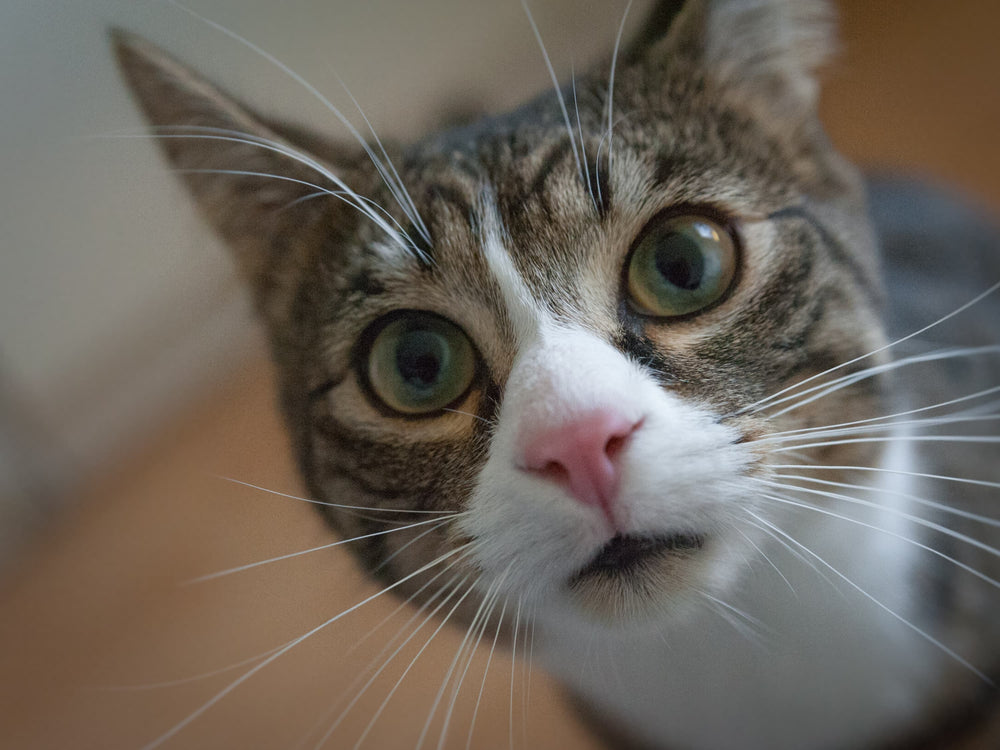
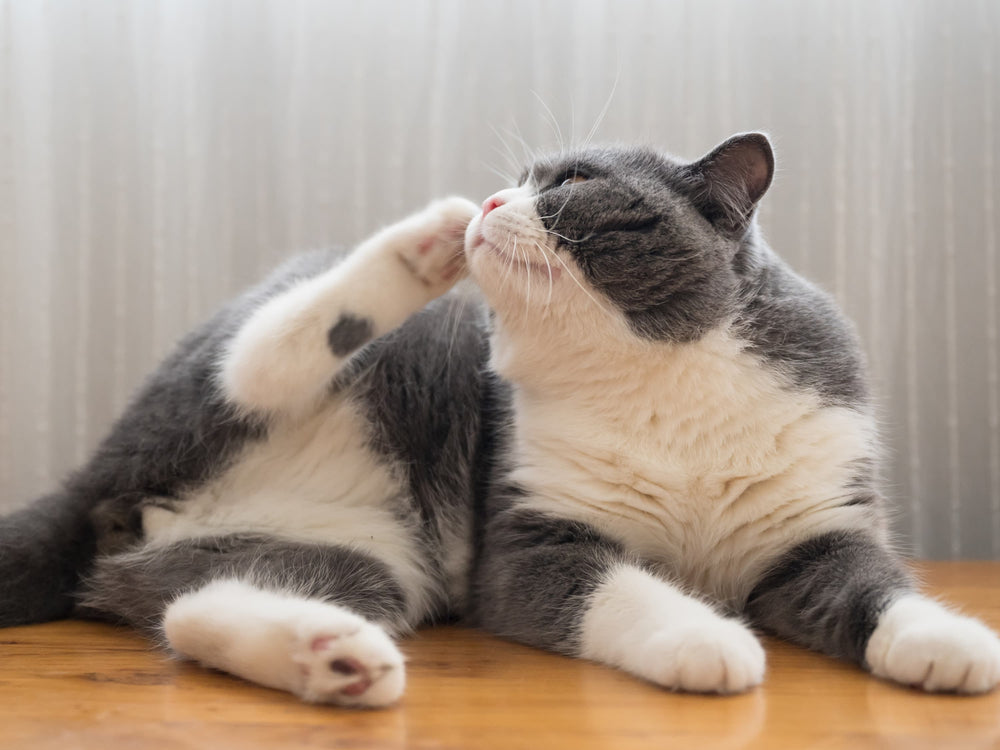

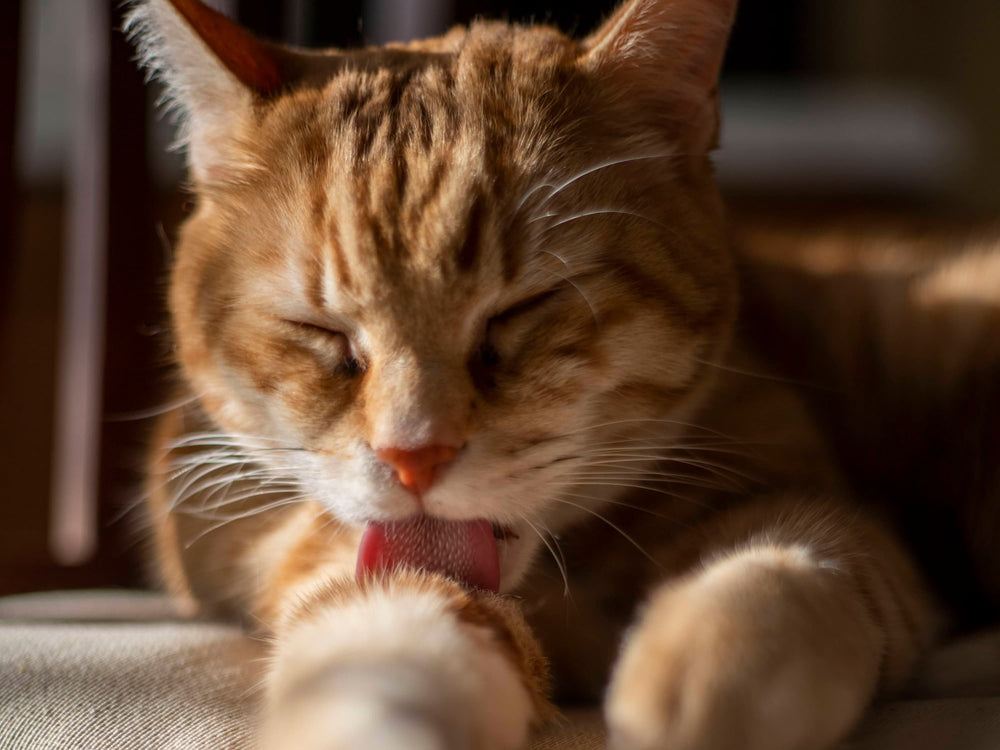
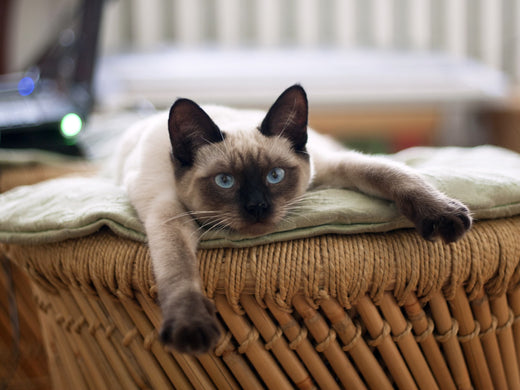
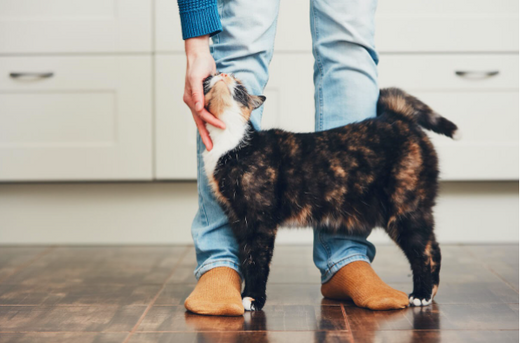
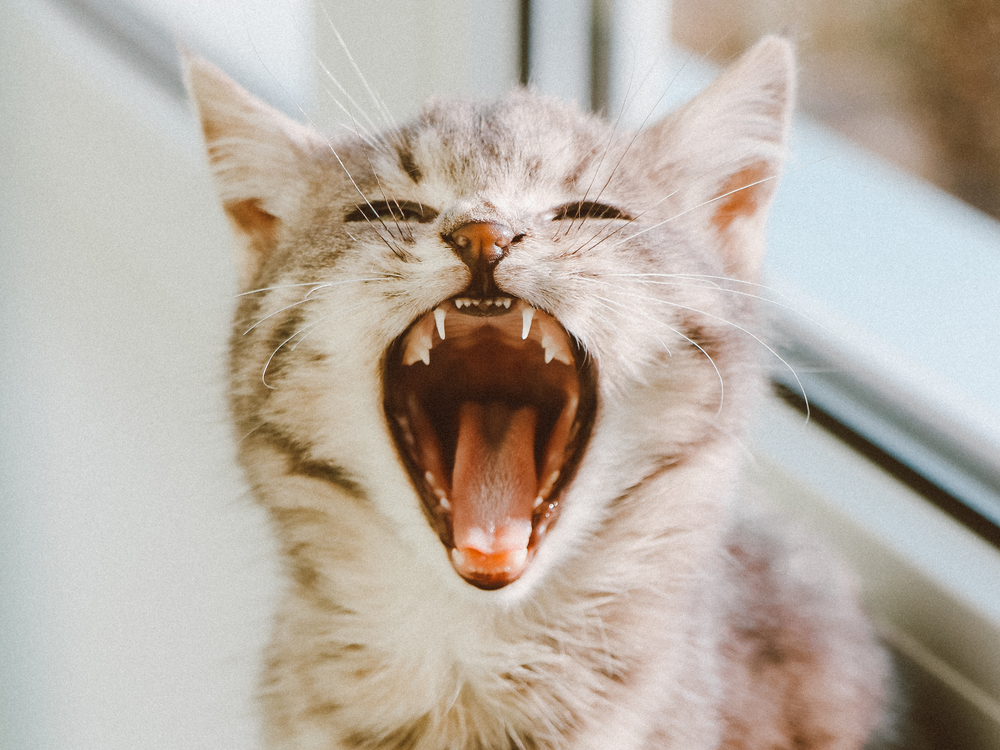
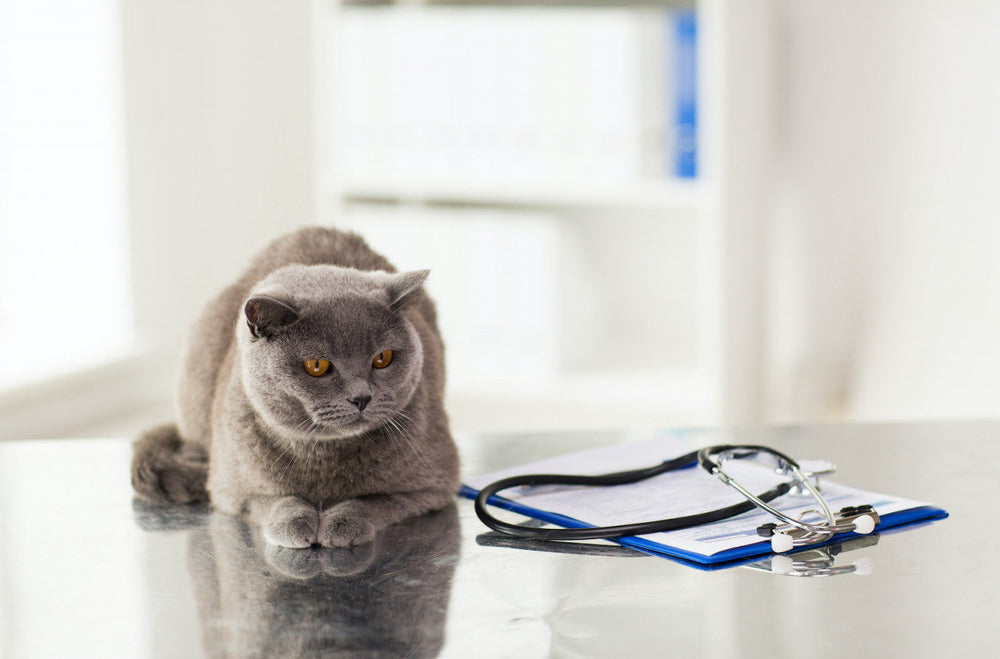
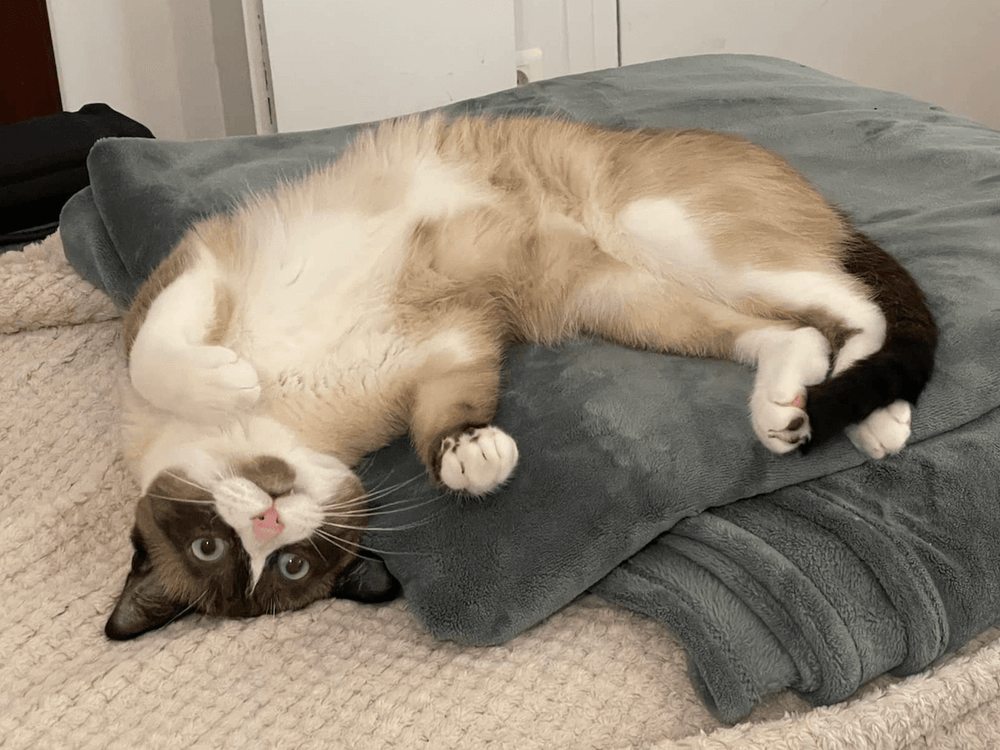
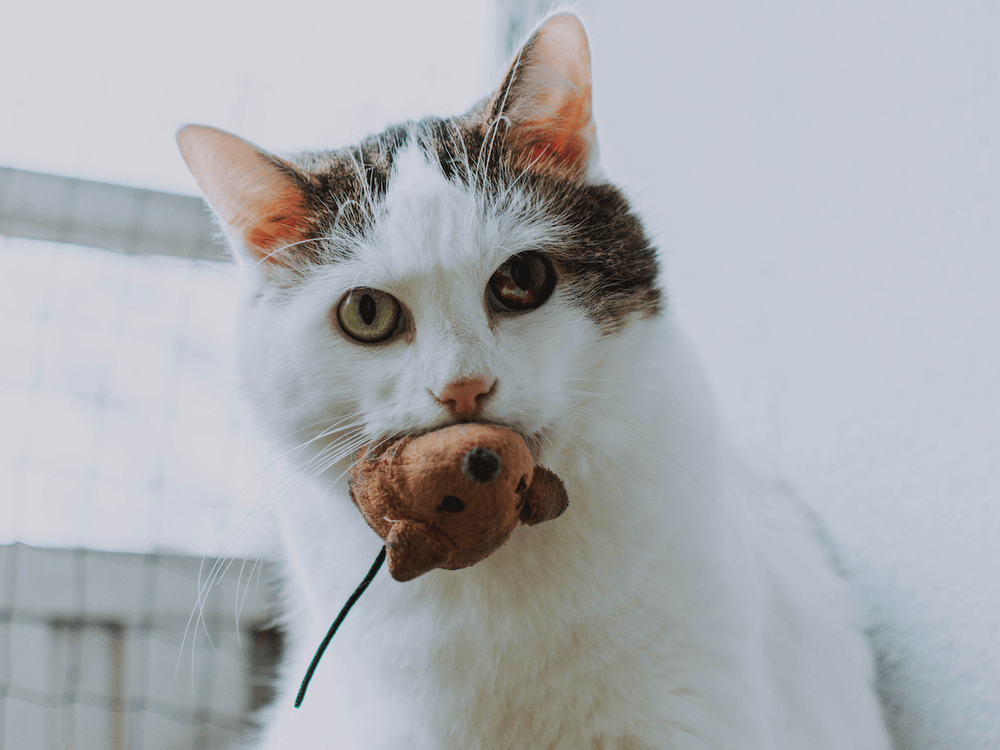

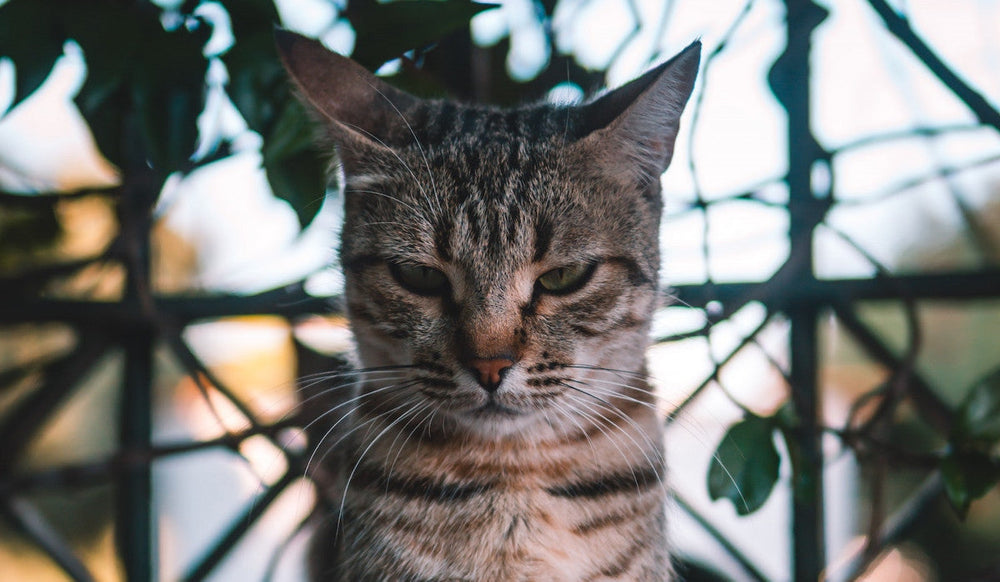
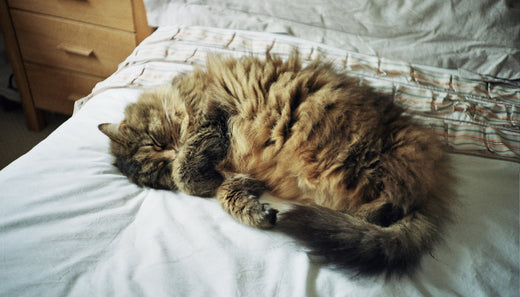
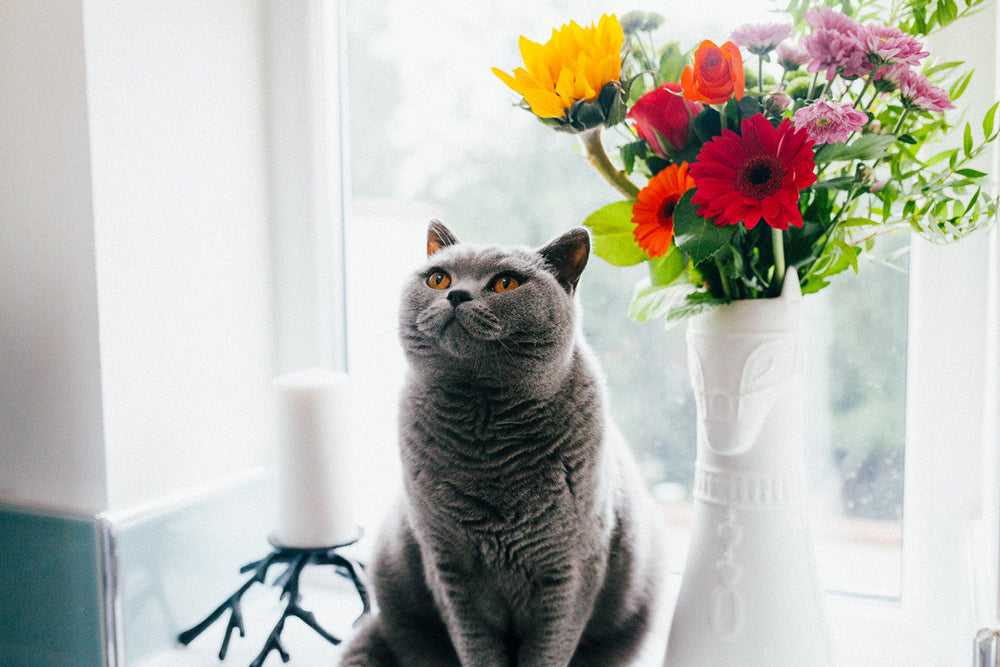
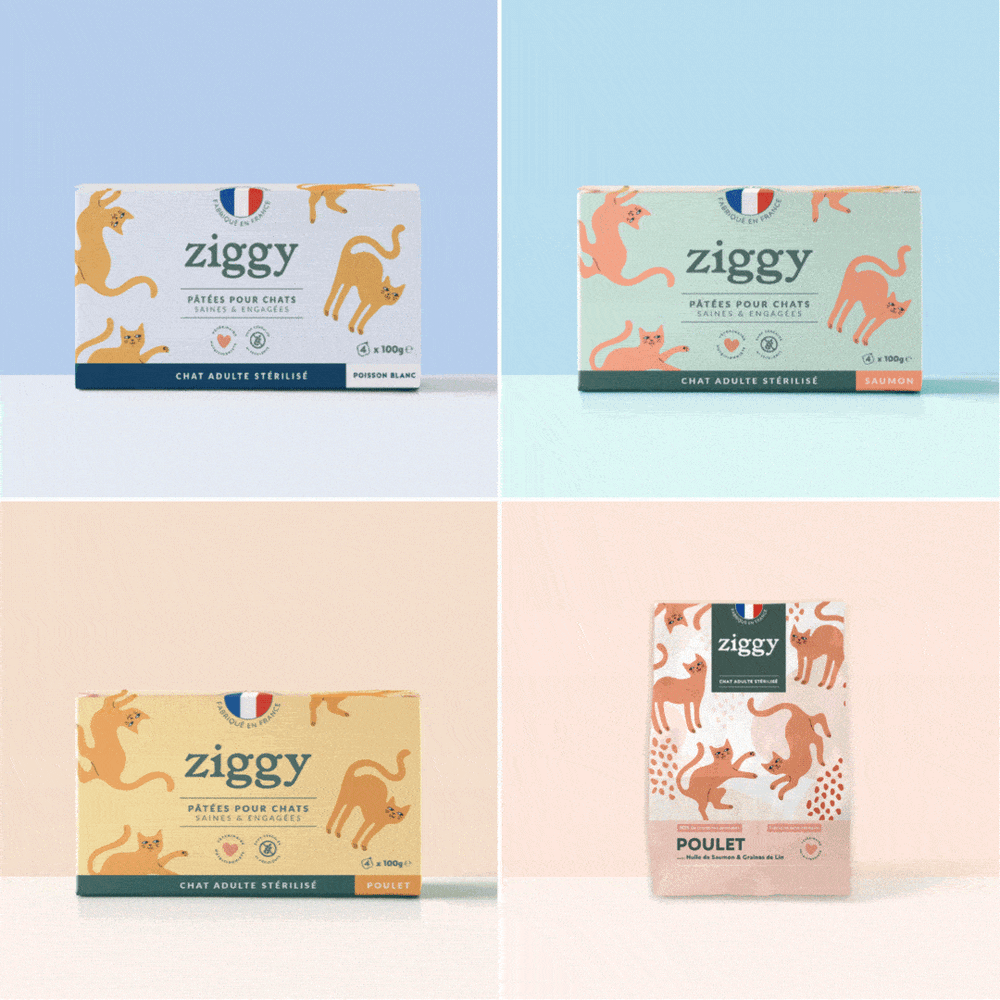
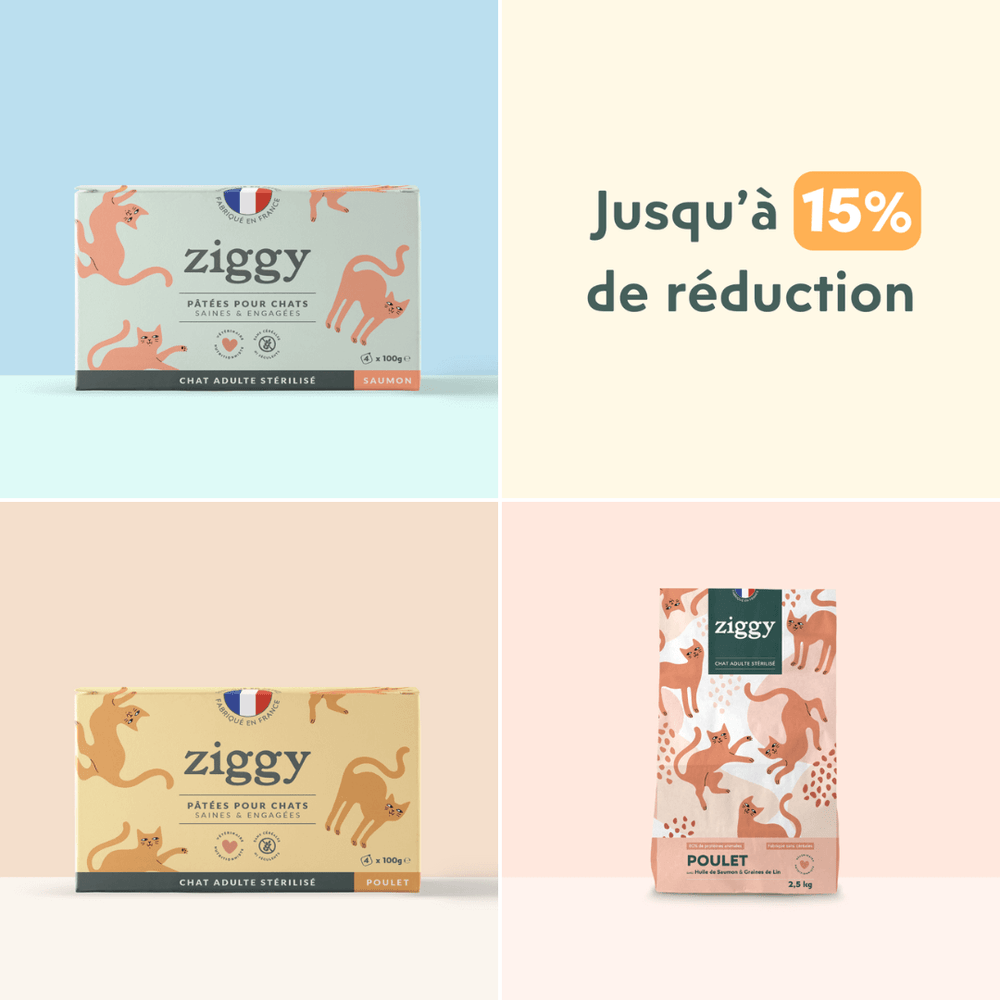
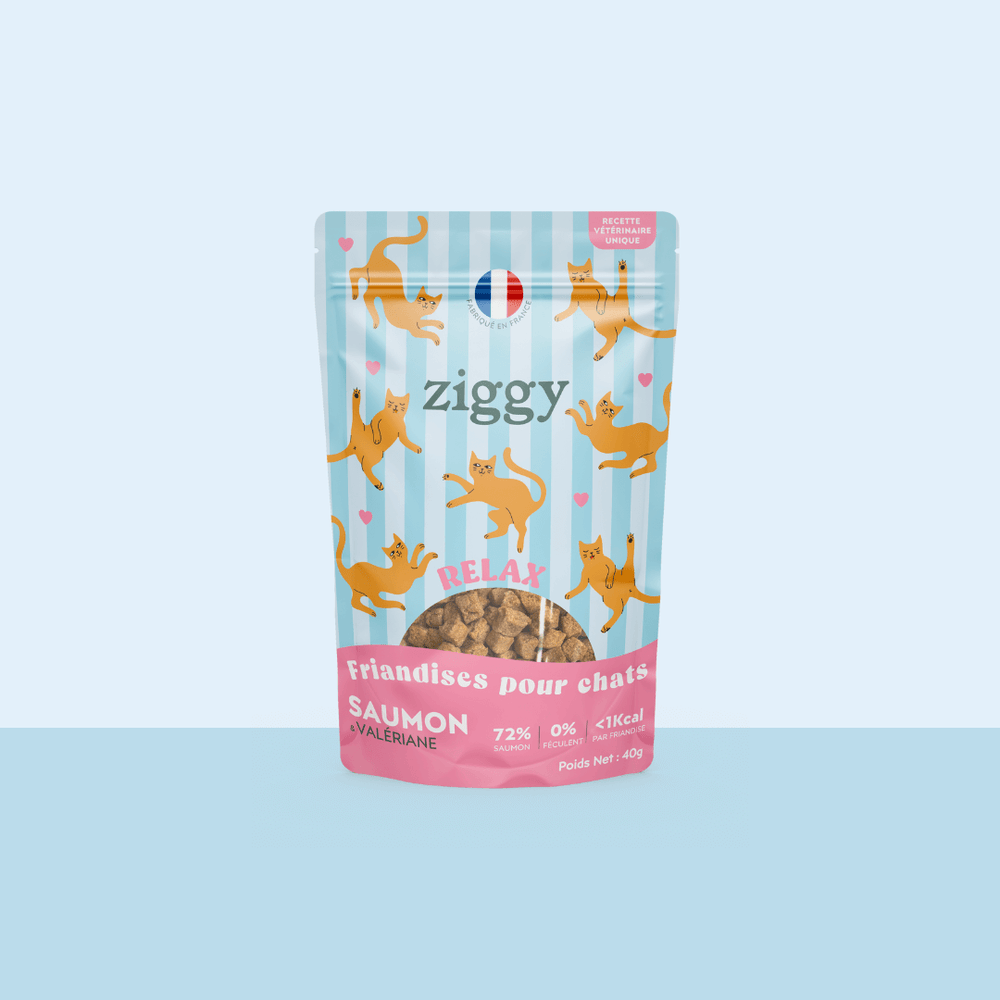
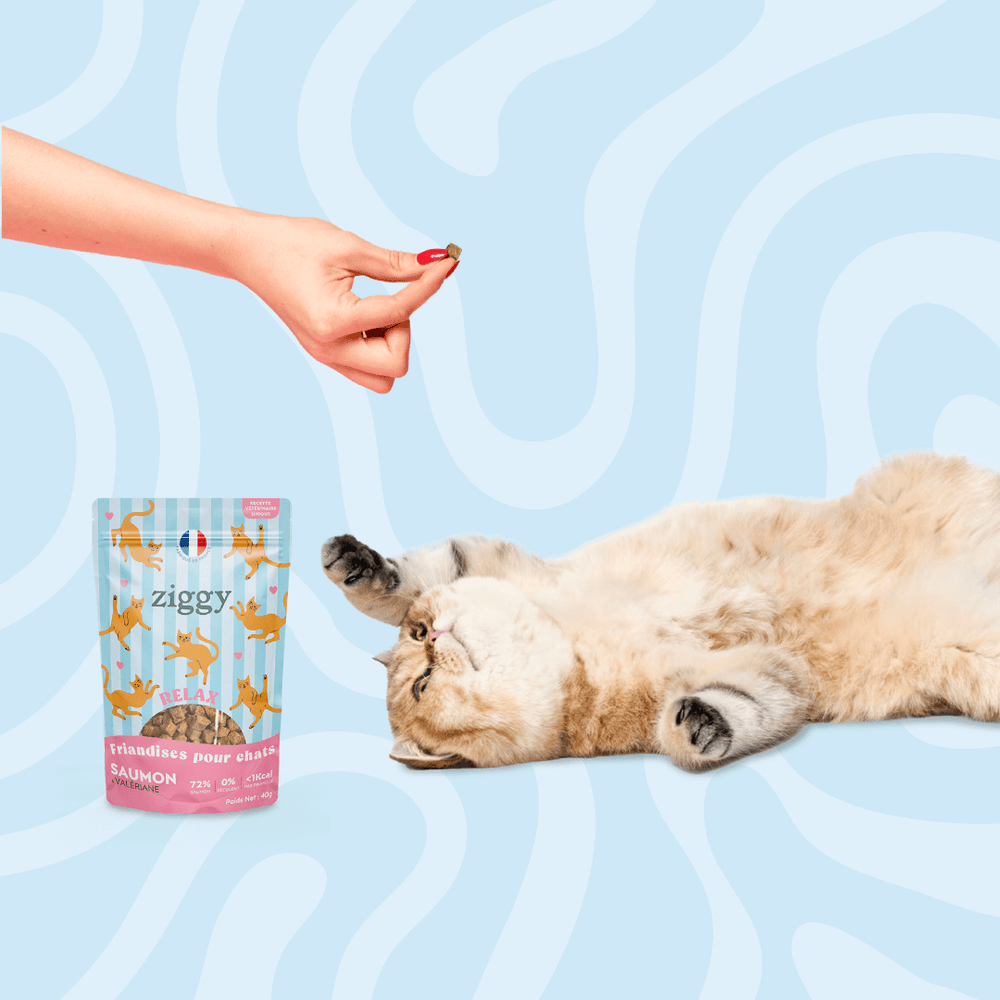
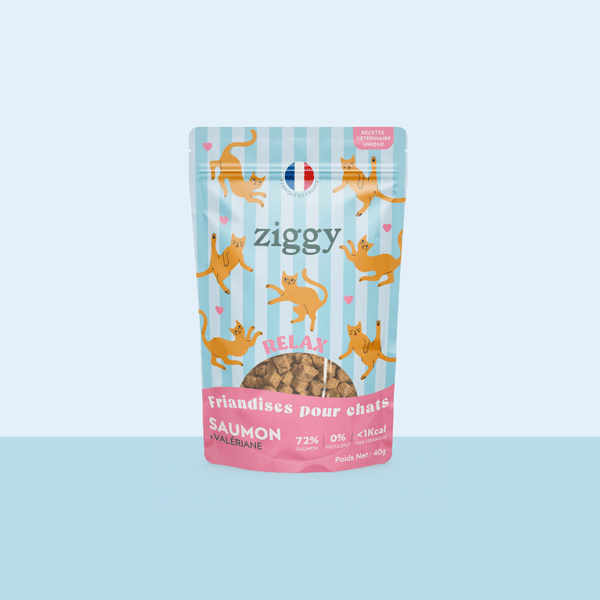
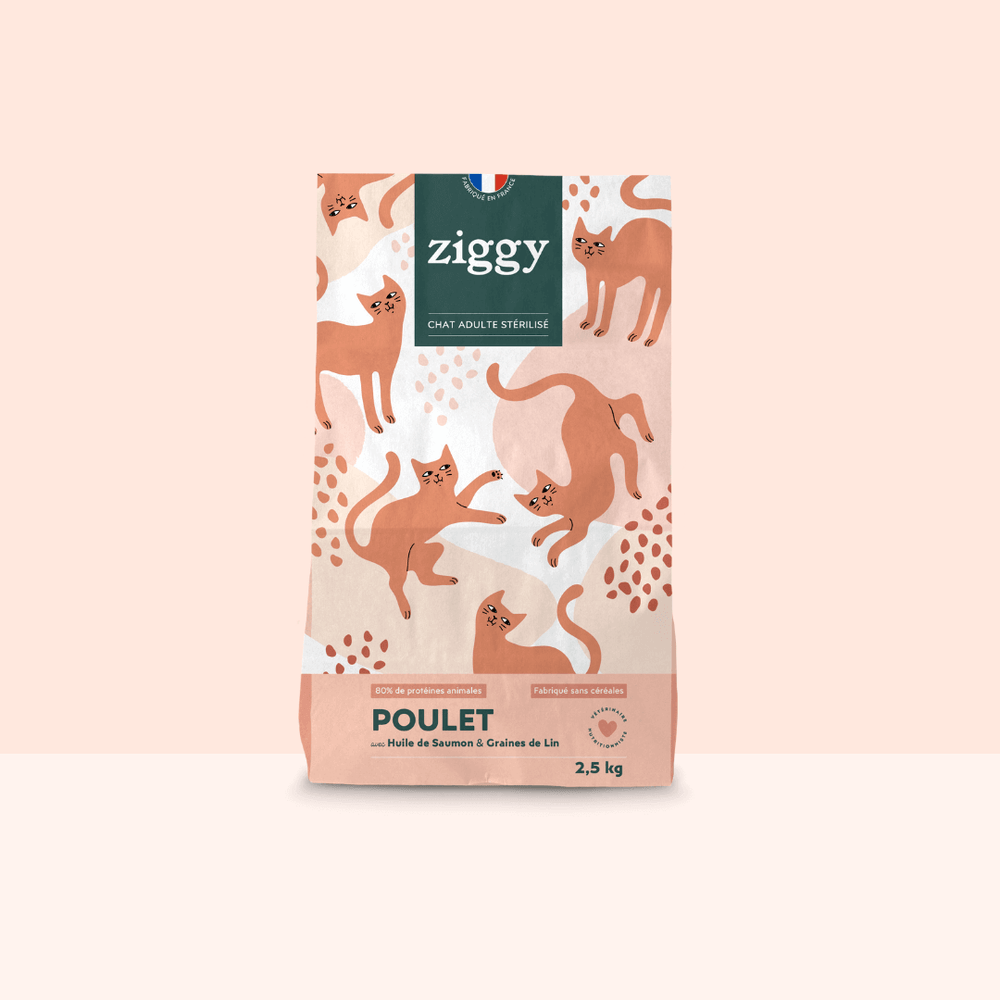
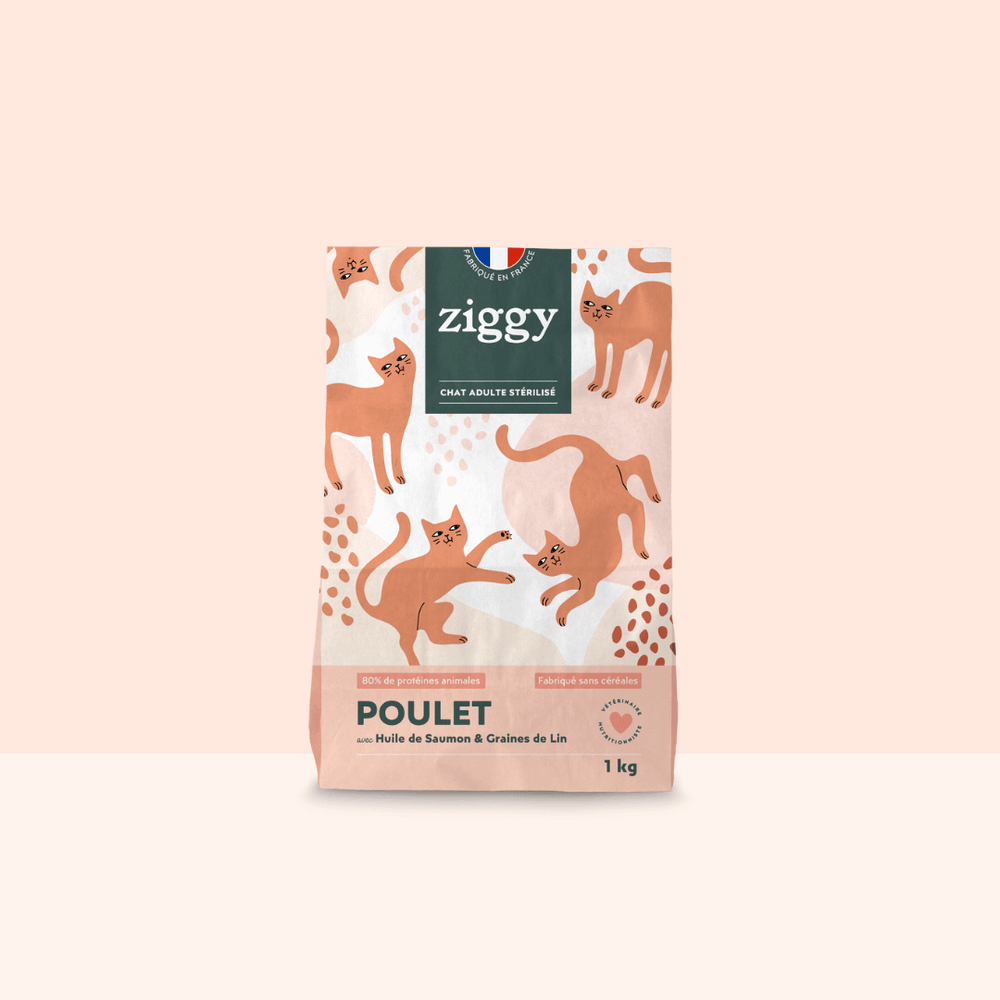
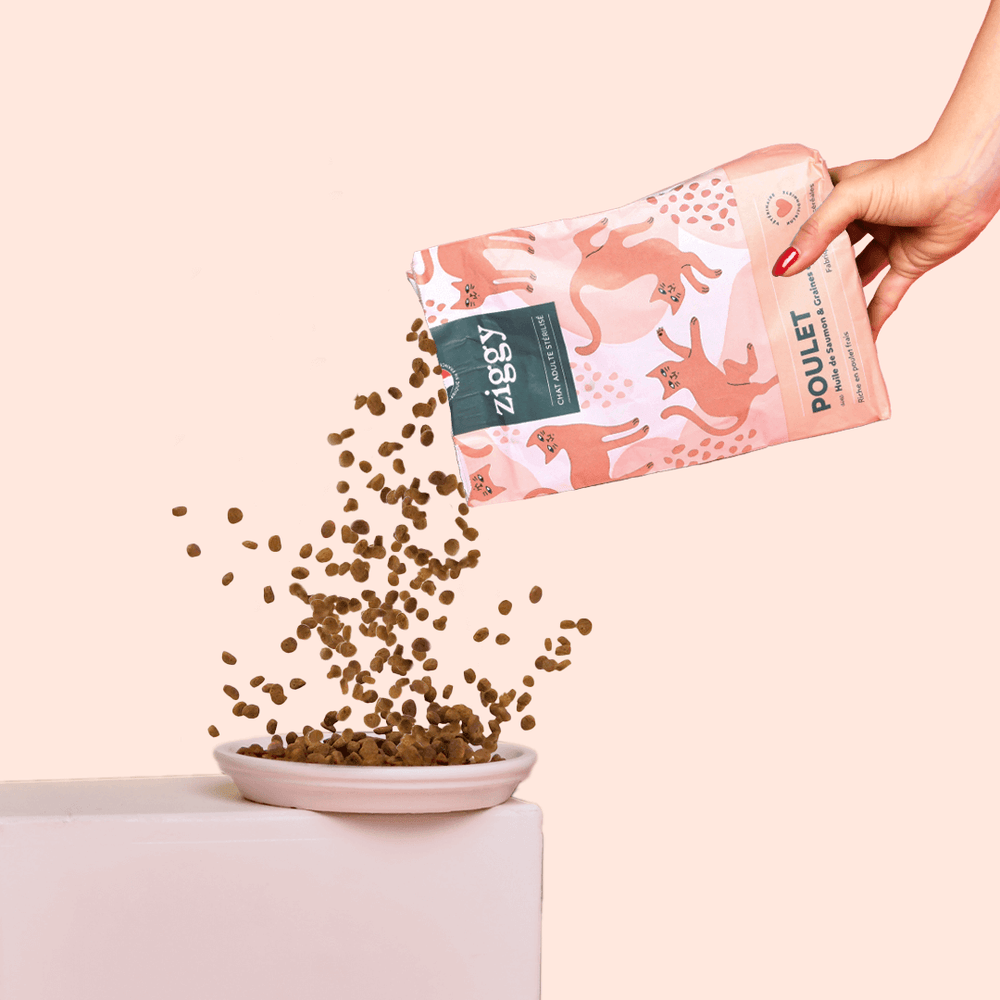
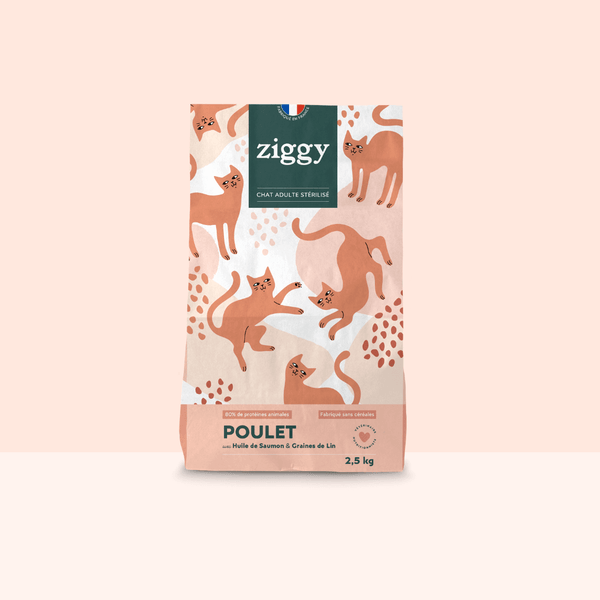

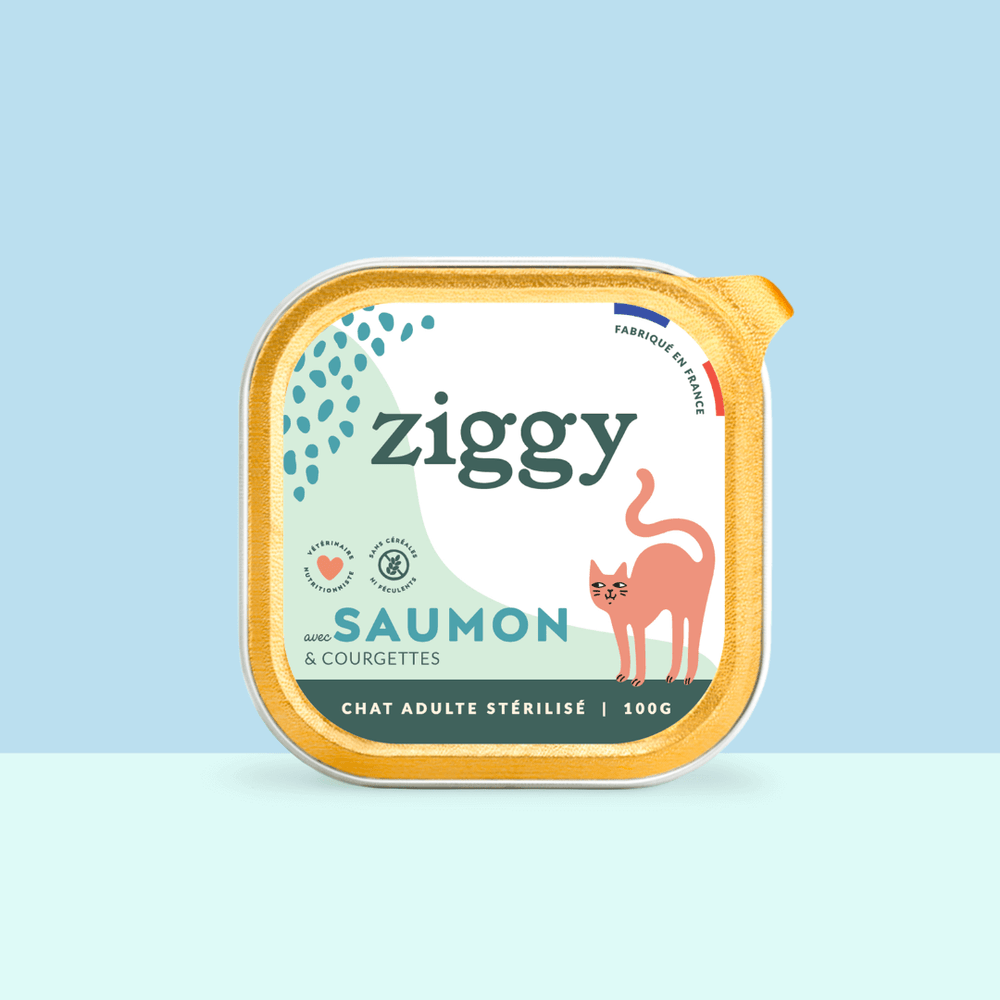

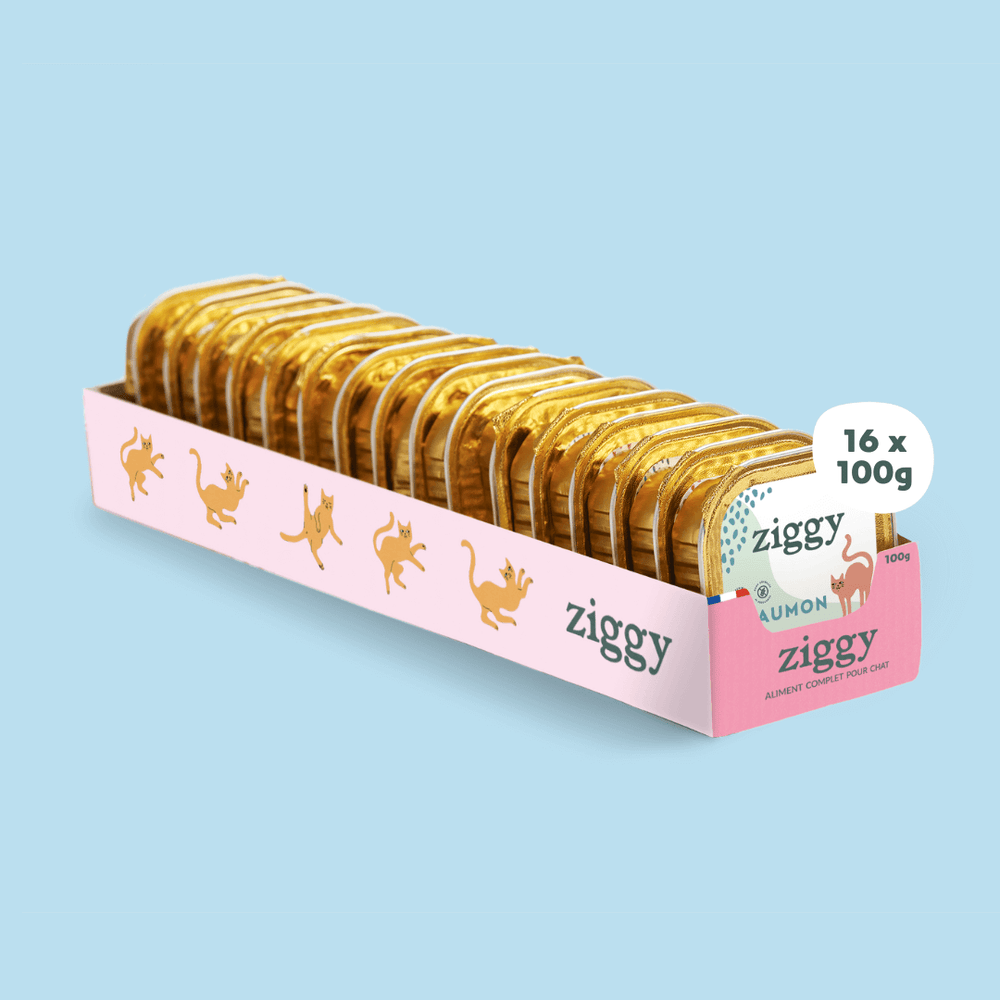
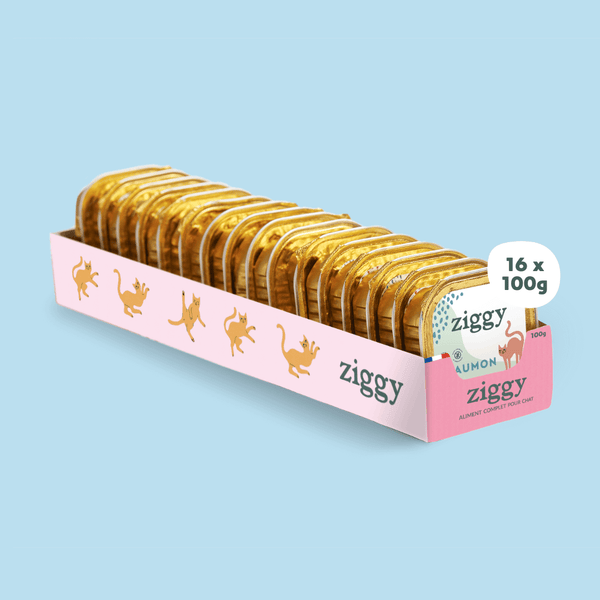
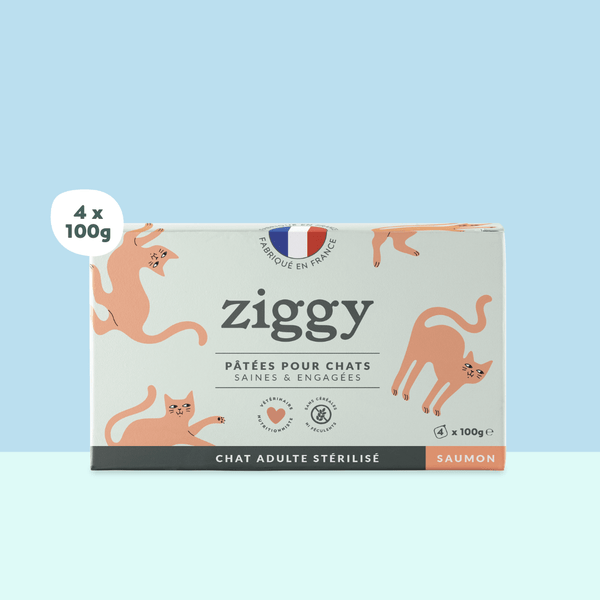



Bonjour équipe Ziggy, Dr Blanchard,
Je donne en prévention du tartre de la poudre de kelp à mon matou de 5 ans et demi,ceci en cure d ‘un mois trois fois par an,également de l’extrait de Pépin de pamplemousse ponctuellement, du spray à la Propolis dans la bouche une semaine par mois et enfin des gros morceaux de viande crue que j ‘ébouillante auparavant 1 à 2 minutes.
Ma question est : à quel fréquence dois je lui donner cette viande crue à mastiquer afin que cela ait un effet bénéfique sur ses dents.Je précise qu’à côté, ce matou ainsi que ses deux copines mangent bien évidemment des pâtées Ziggy et un peu de croquettes Ziggy .
Par avance je vous en remercie. 🐈
Cécile
Leave a comment